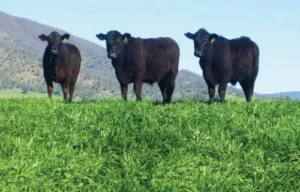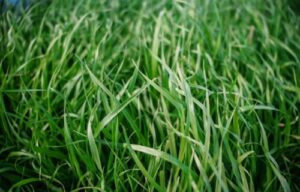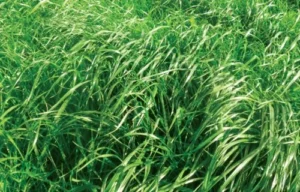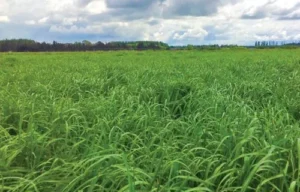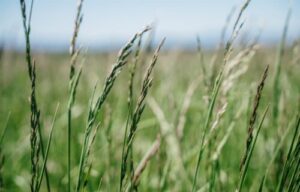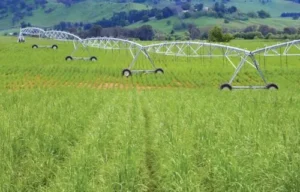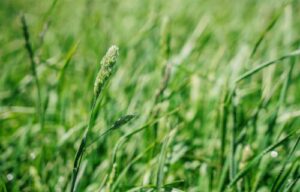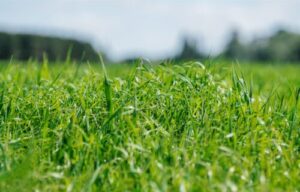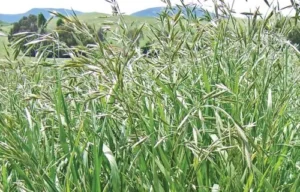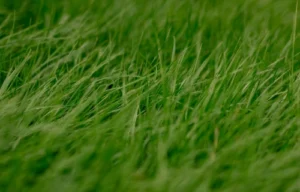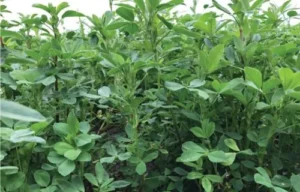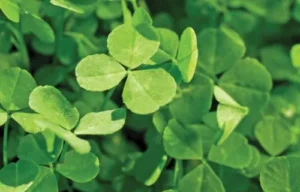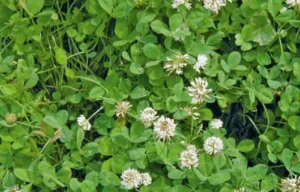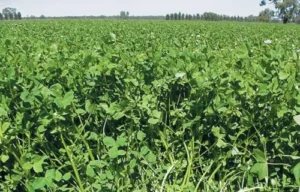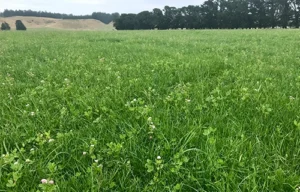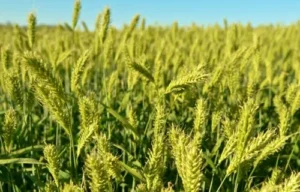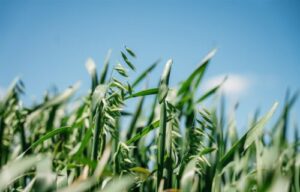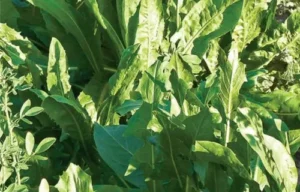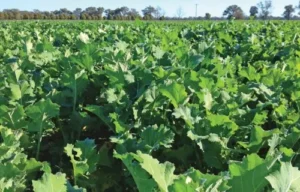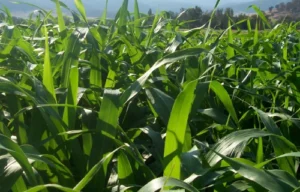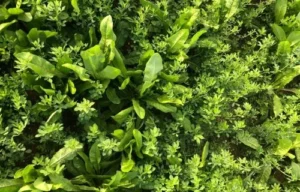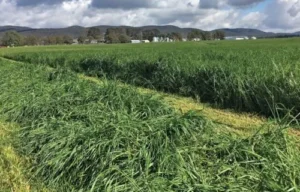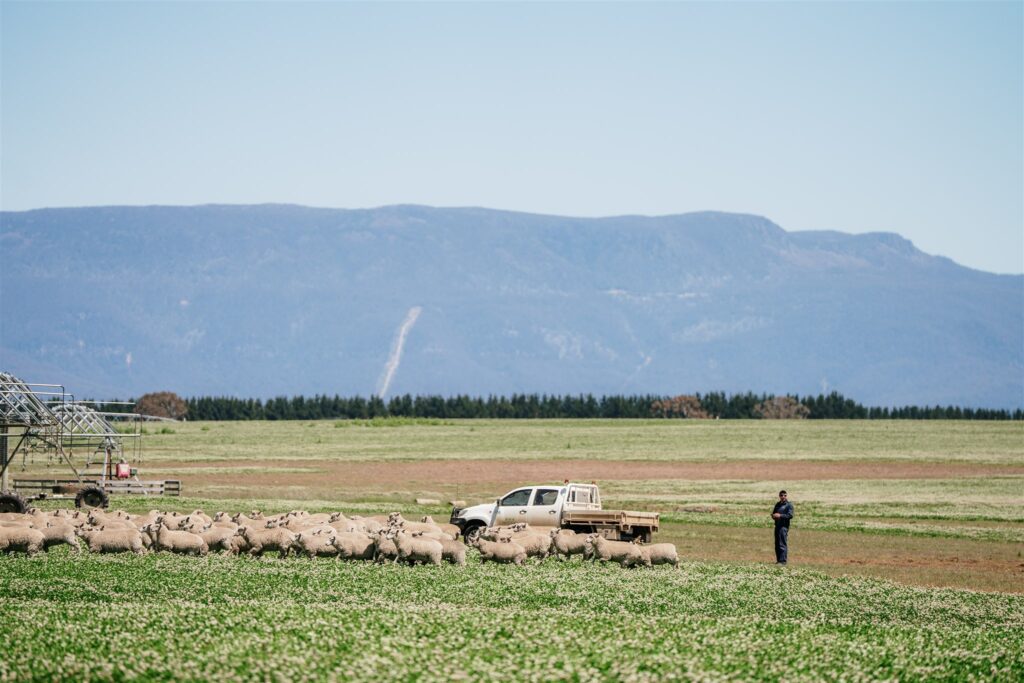Pastures as Feed
Pastures are more than a crop; they are the primary feed source for livestock, and their management directly impacts animal performance. Understanding the link between pasture composition, growth, and animal nutrition is critical for achieving production goals.
Balancing Quality and Quantity
High dry matter yields are only valuable if feed quality supports livestock growth. Digestibility, metabolisable energy (ME), and protein content determine animal intake and performance. UMS varieties, such as Aber® High Sugar Grass, are bred to improve energy per bite, supporting milk production, growth rates, and wool quality.
Grazing Management
Rotational grazing is key to maintaining pasture persistence. Overgrazing reduces leaf area, stresses plants, and increases weed invasion. Controlled grazing cycles allow pastures to recover, improving both longevity and feed quality. UMS provides advice on grazing rotations that align with species growth patterns, stocking rates, and seasonal conditions.
Matching Pasture Growth to Livestock Demand
Seasonal growth curves vary between species and regions. Strategic mixes, including winter-active ryegrasses and summer-active legumes, ensure feed availability across the year. UMS area managers can assist growers select blends that meet specific livestock requirements, balancing supply with demand.
Integrated Enterprise Planning
Effective pasture management integrates seed selection, grazing strategy, and fertiliser application. UMS works with farmers to create holistic systems where pastures support sustainable animal performance while reducing input costs and maximising profitability.

